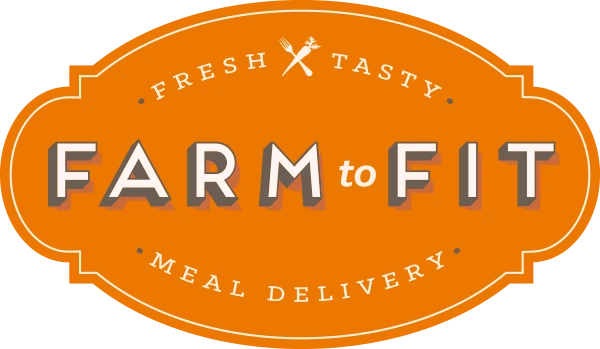Busting the Microwave Myths
Posted on

Ninety-five percent of American households today contain a microwave, and there's good reason for that: they are extremely convenient! But is cooking with a microwave safe? You might have heard that microwaving food can cause it to lose nutrients, or expose you to harmful radiation. In this blog, we'll explore the validity of safety concerns around microwaving—but first, a little history.
Microwave Origin Story
Like many great things, the microwave was invented by accident. In 1946 an engineer with the Raytheon Corporation named Dr. Percy Spencer was testing a new type of vacuum tube. While he was using the new vacuum tube, he found that the candy bar he had in his pocket melted. Intrigued, he proceeded to place first popcorn kernels and then an egg near the tube. When he found that the tube caused the kernels to pop and the egg to explode (directly onto the face of his colleague—yikes!), experiments that eventually led to the development of the microwave oven began.
The first commercial microwave hit the market in 1947. It stood 5 and a half feet tall, weighed over 750 pounds, and cost $5,000!
Health Concerns
One of the main concerns around microwave use is that it zaps food of too much of its nutritional value. One study, published in the Journal of Agricultural and Food Chemistry, looked at microwaving heating's effect on the amount of vitamin B-12 found in raw beef, pork, and milk. The results of the study showed a 30 to 40 percent loss of B-12 after microwave exposure.
Other concerns involve the radiation from microwaves. Microwaves produce electromagnetic radiation, a much stronger version of the same kind produced from cell phones. This could be dangerous if you were to be directly exposed to it, but the door of the microwave protects you. To be on the safe side, don't stand with your face close to the microwave as it's cooking your food (unlike the woman in the image above).
So, Are Microwaves Healthy?
According to Harvard Medical School, there's no getting around it—nutrients in food break down when they're exposed to heat, whether it's a microwave or a traditional oven or stovetop. However, the good news for microwave enthusiasts is that "the cooking method that best retains nutrients is one that cooks quickly, heats food for the shortest amount of time, and uses as little liquid as possible. Microwaving meets those criteria." Because of the short duration it takes to microwave meals, they offer more opportunities to preserve the nutrients in your food.
Anthony L. Komaroff, M.D., Editor in Chief of the Harvard Health Letter, states that there is "no evidence" microwaving food causes damage to our bodies.
That said, everyone likes to heat up their Farm to Fit meals differently. Some prefer the oven or stovetop, others rely on the time saving microwave. Whichever you choose, Farm to Fit meals are created to reheat any way you like. (Some of us even eat them cold!). For the microwavers out there, we’ve put together a few tips for you on the best ways to heat up your Farm to Fit meals and stay tuned for more reheating tutorials!
